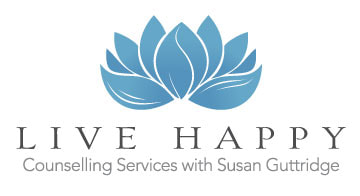|
We all need some down time to reflect and foster personal growth and enhance our self-awareness. For those who have experienced trauma(s), utilizing this “down time” is even more essential to their healing. The experience of trauma often leaves people finding that they are easily overcome by feelings of fear, worry, anxiety, panic, and/or sadness. At the beginning of counselling, and even prior to starting counselling, we may not know how to handle these overwhelming feelings. We may find it easier to “stuff” them away and ignore them. While this may help momentarily, it won’t help you heal from the trauma and it won’t enable you to move on with your life. Creating time to heal is a helpful way to work on the difficult experience while also containing those overwhelming emotions.
Be patient with yourself. At first this may be very difficult, so stay in contact with your Counsellor or a supportive friend or family member. The more caring people you have on your side encouraging you the better. Remember that trauma is something that happens to people, it doesn’t define who you are as a person. You deserve to live a life in which you are free from emotional turmoil and upset. Allowing yourself specific time to heal is a strategy that can enable you to achieve that. At first you may feel as though you have nothing to work on. You might just sit and stare at a blank page and feel unproductive. That is okay. Try a free writing exercise: this is where you put your pen to paper and just write whatever comes to mind without stopping. Research shows that by doing this, eventually what is bothering you will come to the surface. Or, you could start by looking at a picture that triggers certain memories of the trauma. You could also talk with your Counsellor about a starting point that fits you best. We are all unique, and what works for one person may not work for another. Healing is a slow process – bearing this in mind may help you keep a realistic perspective of your own process. Article originally posted 2014/04/08 posted by Susan Guttridge (susanguttridge.wordpress.com) Quote From: Healing from Trauma: A Survivor’s Guide to Understanding your Symptoms and Reclaiming your Life, by Jasmine Lee Cori
0 Comments
Your comment will be posted after it is approved.
Leave a Reply. |
AuthorSusan Guttridge is a trauma-informed Master level Counsellor with the clinical designation of Canadian Certified Counsellor (CCPA). She has 20+ years experience providing individual and group therapy. Archives
January 2024
Categories
All
|


 RSS Feed
RSS Feed